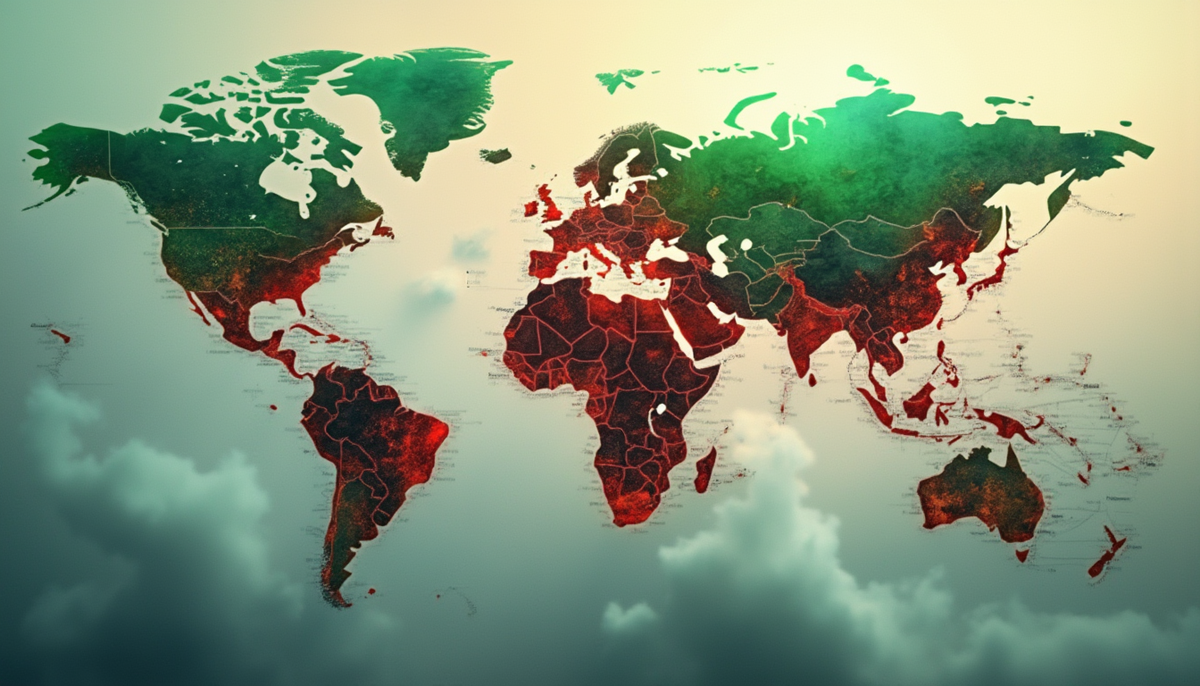Air pollution is a complex global issue, demanding international cooperation and robust agreements. How do global efforts like the UNECE Convention help manage and reduce air pollution effectively? Let’s explore their impact and the mechanisms that make them successful.
Key Takeaways
- International cooperation is crucial for managing transboundary air pollution.
- Protocols like the Gothenburg Protocol play a pivotal role in reducing emissions.
- Scientific coordination enhances understanding and tracking of air pollution patterns.
- Economic and environmental benefits arise from standardized pollution control measures.
- Adherence to agreements promotes a sustainable approach to industrial development.
Table of Contents
- The Global Impact of Air Pollution
- The Role of UNECE in Air Pollution Control
- Successes from International Agreements
- Current Challenges and Perspectives
- Future Steps for International Agreements
- Conclusion
The Global Impact of Air Pollution

Air pollution does not recognize borders, making it a persistent challenge for global health and ecosystem stability. From reducing life expectancy to altering climate patterns, the consequences of air pollution necessitate a collaborative response from the international community.
The Role of UNECE in Air Pollution Control
The United Nations Economic Commission for Europe (UNECE) has been at the forefront of tackling air pollution through the Convention on Long-range Transboundary Air Pollution (CLRTAP). This framework has instigated numerous protocols that target specific types of emissions and pollutants.
Learn more about global strategies in our article From London to Shenzhen: Effective Air Quality Strategies That Work.
Successes from International Agreements
The implementation of UNECE agreements has yielded significant environmental health benefits, markedly reducing pollutants like sulfur and lead across continents. These achievements underscore the efficacy of sustained international collaboration and legal frameworks.
Current Challenges and Perspectives

Despite the successes, challenges remain, such as the need for more inclusive agreements that cover rapidly industrializing nations. There is a consensus that both regulatory and innovative technological approaches need to be balanced to tackle the evolving nature of air pollution.
Explore cutting-edge solutions in our detailed review 10 Innovative Technologies to Combat Air Pollution.
Future Steps for International Agreements
Looking forward, the expansion and adaptation of international agreements to include emerging pollutants and new participants is critical. Strengthening these frameworks will ensure more comprehensive global participation and effectiveness in combating air pollution.
Conclusion
The journey towards cleaner air is ongoing and complex, requiring unified efforts from countries worldwide. By upholding and advancing international agreements, we can continue to make substantial strides in reducing global air pollution.
Support Bhumi’s mission by exploring more on our Knowledge Hub or by contributing through our donate page.




